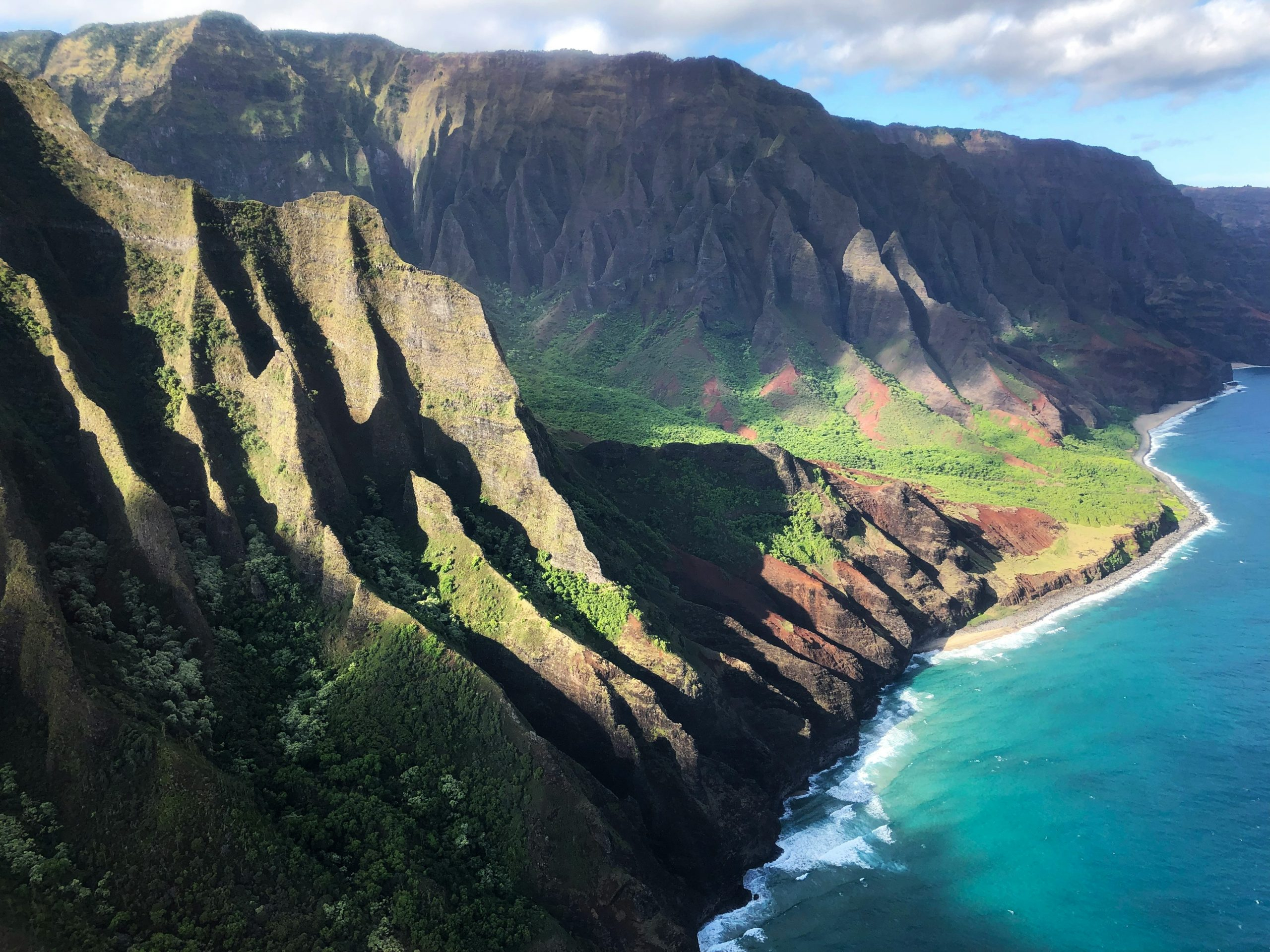Eminent Domain: When Can the Government Seize Private Land?
Eminent domain is a legal concept that allows the government to seize private land for public use. It has been a controversial issue for many years, with property owners often feeling that their rights are being violated. However, the government argues that eminent domain is necessary for the greater good. But when can the government actually use eminent domain? What are the limitations and protections in place for private landowners? In this article, we will explore the intricacies of eminent domain and shed light on when the government can seize private land.
The Concept of Eminent Domain
Eminent domain, also known as condemnation, is the power of the government to take private property for public use. This concept is based on the Fifth Amendment of the United States Constitution, which states that private property cannot be taken for public use without just compensation. This means that the government must compensate the property owner for the fair market value of the land being seized.
The concept of eminent domain dates back to the 5th century BC in Roman law, where it was known as “eminent domain” or “dominium eminens”. It was brought to the United States by the English colonists and was included in the U.S. Constitution in order to protect private property rights.
When Can the Government Seize Private Land?
The government can use eminent domain in situations where it is deemed necessary for the public good. This includes projects such as building roads, schools, parks, or other public facilities. It can also be used for urban renewal or economic development projects, where the government may take land from one private owner and give it to another private owner for the purpose of revitalizing a blighted area.
However, the government cannot simply take private property without any restrictions. There are several factors that must be met in order for the government to use eminent domain:
Public Use
The purpose of seizing the land must be for public use, meaning that it will benefit the community as a whole. This has been interpreted broadly, with the Supreme Court ruling that economic development projects can also be considered public use.
Just Compensation
The government must compensate the landowner for the fair market value of the land being seized. This is determined by looking at the value of similar properties in the area. If the landowner believes they are not being offered fair compensation, they have the right to challenge the government’s decision in court.
Procedural Due Process
The government must follow strict procedures when using eminent domain. This includes providing notice and an opportunity for the landowner to be heard before the seizure takes place.
Limitations and Protections for Private Landowners
Even though the government has the power to use eminent domain, there are limitations and protections in place for private landowners. First and foremost, the government must provide just compensation for the land being seized. In addition, there are several legal defenses that property owners can use to challenge the use of eminent domain:
Public Use Requirement
As mentioned earlier, the purpose of seizing the land must be for public use. If it can be proven that the seizure is actually for private gain, the landowner can challenge the use of eminent domain.
Inadequate Compensation
If the landowner believes that the compensation offered is not fair, they have the right to challenge the decision in court. This can involve hiring an appraiser to assess the true value of the land.
Violation of Procedural Due Process
If the government fails to provide proper notice or an opportunity for the landowner to be heard, the landowner can challenge the seizure on the basis of a violation of procedural due process.
Conclusion
Eminent domain is a complex and controversial issue, with the government having the power to seize private land for public use. While it can be a necessary tool for the greater good, it is important to ensure that the rights of private landowners are protected. This includes following strict procedures and providing just compensation for the land being seized. By understanding the limitations and protections in place for private landowners, we can ensure a fair and just process when eminent domain is used.





